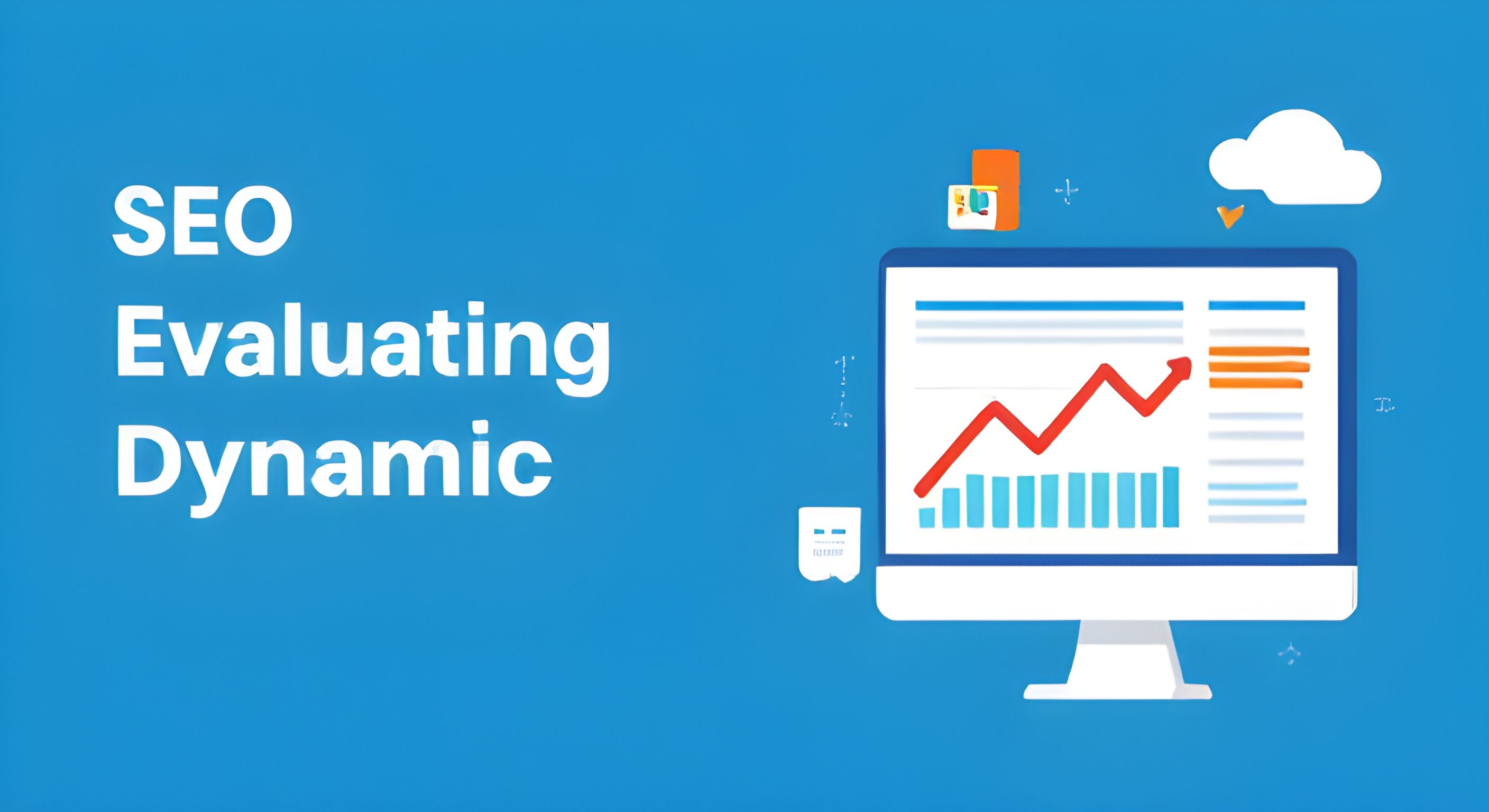In the world of web development, one of the most debated topics is whether static or dynamic websites are better for SEO. Both have their own strengths and weaknesses, and the choice depends on the specific needs of your project. This blog will break down the differences between the two and help you make an informed decision.
What is a Static Website?
A static website consists of pre-written HTML, CSS, and JavaScript files that are served to users as they are. These websites don’t change based on user interactions unless manually updated by the developer.
Pros of Static Websites for SEO:
- Faster Load Times: Static sites load quickly because they don’t rely on server-side processing.
- Better Security: No databases or server-side scripts mean fewer vulnerabilities.
- Low Hosting Costs: Can be hosted on simple servers or Content Delivery Networks (CDNs).
Cons of Static Websites for SEO:
- Limited Scalability: Not ideal for websites requiring frequent updates.
- Lack of Personalization: Cannot dynamically serve content based on user behavior.
What is a Dynamic Website?
Dynamic websites use server-side languages like PHP, Python, or Node.js to generate content on the fly based on user interactions or data from a database.
Pros of Dynamic Websites for SEO:
- Scalable and Flexible: Suitable for large websites like e-commerce or blogs.
- Personalized Content: Allows serving targeted content based on user preferences.
- Ease of Management: Content management systems (CMS) make updates simple.
Cons of Dynamic Websites for SEO:
- Slower Load Times: Dynamic pages take longer to load due to server-side processing.
- Higher Security Risks: More prone to attacks because of databases and server-side scripts.
Comparison Table
| Feature | Static Websites | Dynamic Websites |
|---|---|---|
| Load Speed | Fast | Slower due to server requests |
| Ease of Update | Manual updates required | CMS makes updates easier |
| Security | More secure | Higher risk of vulnerabilities |
| Scalability | Limited | Highly scalable |
| Hosting Cost | Low | Higher |
Advanced Considerations
Here are some additional factors to keep in mind when deciding between static and dynamic websites:
Mobile Optimization
- Static sites often require manual adjustments for responsive design.
- Dynamic sites, particularly those using CMS platforms, often include mobile-friendly templates.
SEO Maintenance
- Static sites may require more manual SEO updates, such as metadata changes and sitemap updates.
- Dynamic sites can automate these tasks with plugins or tools.
Performance Enhancements
- Static sites benefit greatly from CDNs, further reducing load times.
- Dynamic sites can implement caching and database optimization techniques to improve speed.
Real-World Examples
- Static Website: A small business portfolio showcasing services and contact details.
- Dynamic Website: An e-commerce store with user-specific recommendations and a searchable product catalog.
External Resources
For further reading, check out these useful links:
- Google’s SEO Starter Guide
- Static vs Dynamic Websites: Detailed Comparison
- Best Practices for Website SEO
- How to Optimize Website Performance
Conclusion
Both static and dynamic websites have their pros and cons when it comes to SEO. The key is to align your website type with your goals and audience needs. By understanding their differences, you can create a website that performs well in search engines and meets user expectations.
No matter which type you choose, focusing on core SEO principles such as mobile optimization, load speed, and quality content will ensure your website succeeds.
